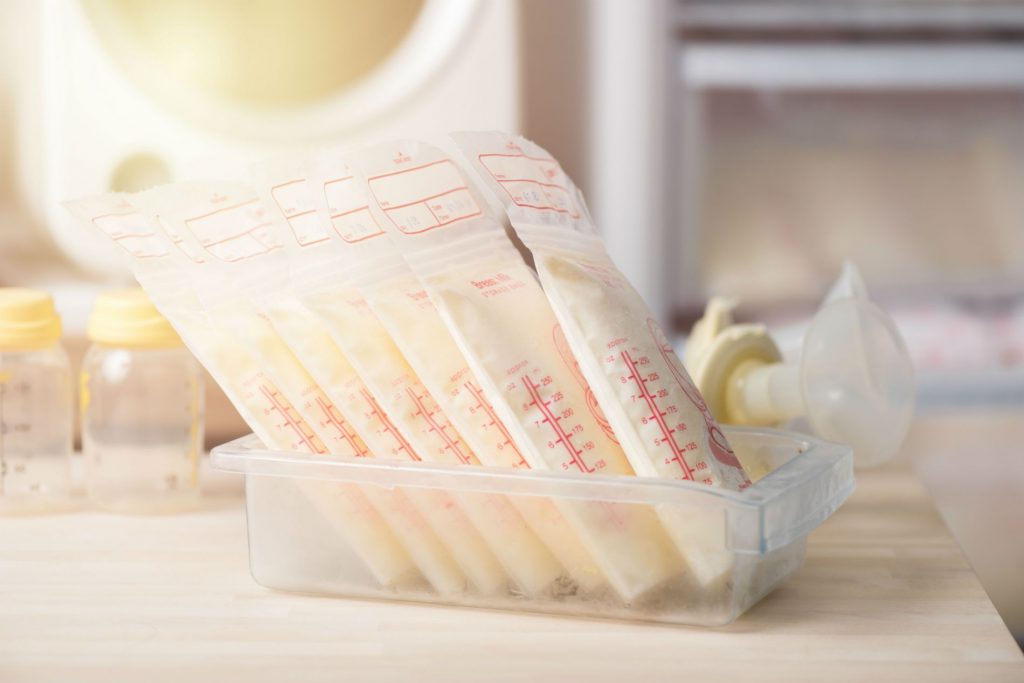Frozen Breast Milk During a Power Outage
Usually, our meteorologists give us a warning when a storm approaches. It is better to be prepared than to be caught off guard. A little preparation goes a long way towards keeping breast milk safe. Today storms are more intense and frequent with power outages longer. Be prepared by having a probe thermometer, insulating material, a large cooler, access to dry ice, and a backup plan if a power outage is longer than 24 hours.

Preparation
- Use a thermometer and keep the temperature of the freezer as cold as possible at -4ºF (-20ºC) or colder.
- There are temperature probes available that read the temperature of the inside of the freezer without opening the door.
- Place the milk in the back or the bottom of the freezer NOT on the door. Place other frozen items on top.
- Eliminate air space with ice, blankets, towels, pillows, or paper. You can make ice bags by filling plastic bags with water and freezing them. Remember to leave some air space for expansion when water freezes.
During an outage of < 24 hours
- Do not open the freezer door.
- Milk should stay frozen for 24 hours.
- Milk can be refrozen if there are ice crystals in the milk.
- Milk that thaws must be used within 24 hours. Feed this milk to the baby and pump to replenish your supply.
- Milk depots and milk banks cannot accept any thawed milk.
During an outage of > 24 hours.
- Consider transferring milk in coolers to another location with power. Try a friend, relative or neighbor’s freezer.
- Any facility that has a walk-in freezer may be willing to temporarily accept human milk.
- Call a local food establishment – a deli, restaurant, hotel, local market or supermarket to store the milk in their commercial freezer.
- Call your local hospital kitchen (not the maternity floor – they won’t have room) and ask if you can temporarily store your breast milk in the kitchen freezer.
- Call your local milk bank to see if they can temporarily store your milk.
- Place milk in a cooler or box clearly labeled Human Milk with date and name.
Alternatives
- If you can obtain dry ice* (frozen carbon dioxide) you can store the milk in a large cooler and cover with dry ice. Insulate the top of the dry ice with paper, blankets, or towels to eliminate air space.
- Wear gloves when handling dry ice and work in a well-ventilated area.
Freezer temperature: -4ºF or -20ºC or colder
Refrigerator temperature: 39ºF or 4ºC
*Dry ice is sometimes available in the supermarkets or search online for a distributor in your area.
Julie Bouchet-Horwitz, FNP-BC, IBCLC
Executive Director
The New York Milk Bank
